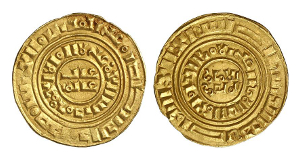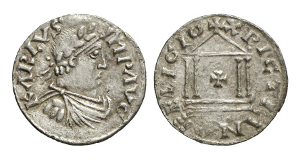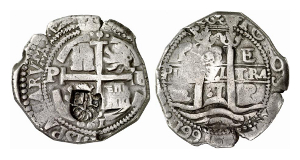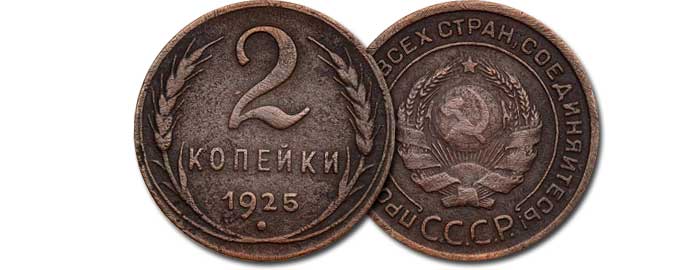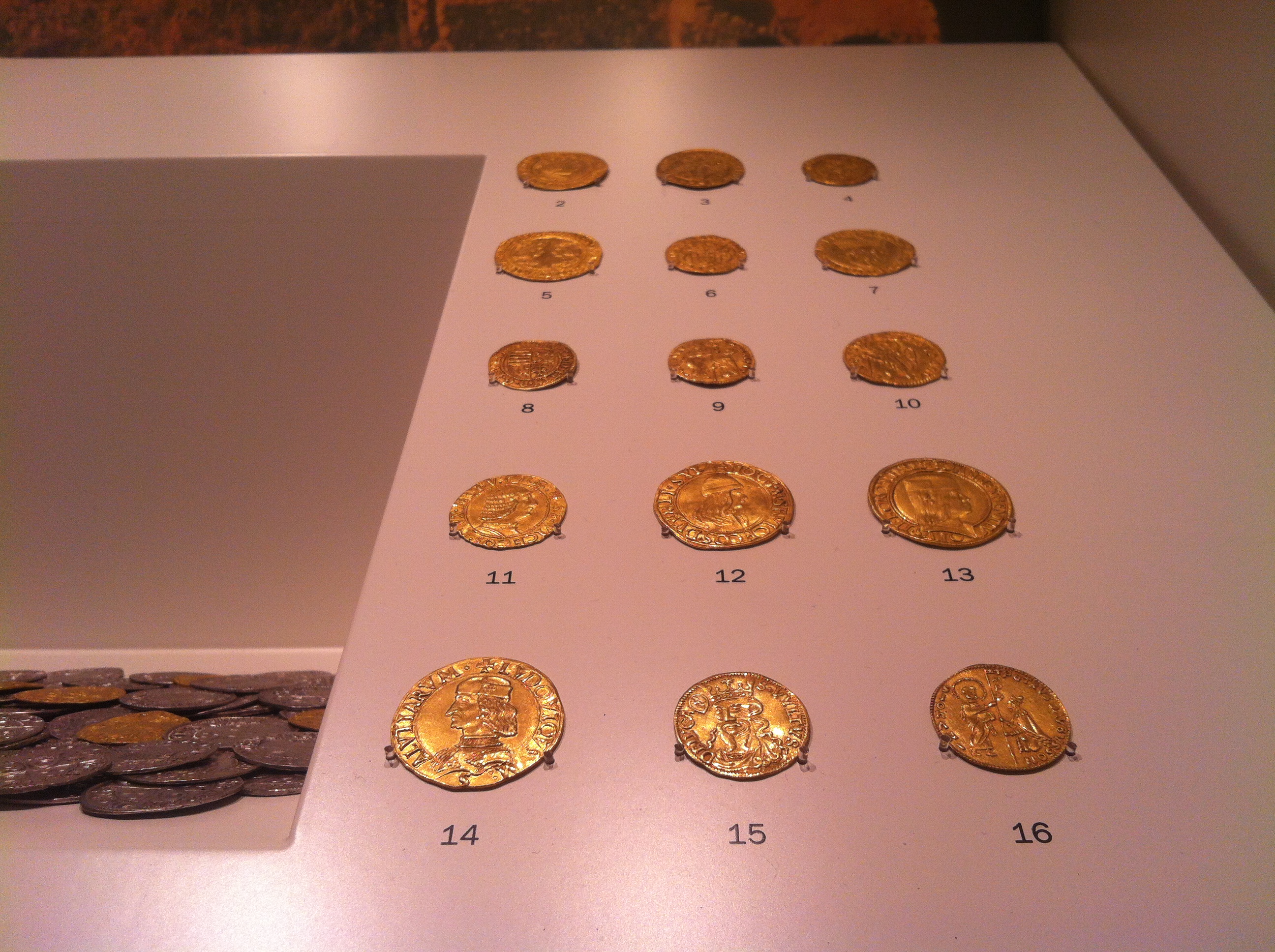Valuable little thing. How to make money on investing in rare coins
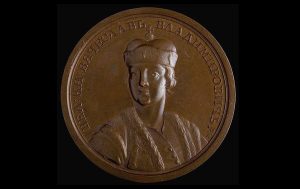 Rare coins can grow in price by hundreds of percent over ten years. What influences their value and how to find assets attractive for investment in this market?
Rare coins can grow in price by hundreds of percent over ten years. What influences their value and how to find assets attractive for investment in this market?
Old coins are the third most profitable alternative tool in the world after rare cars and collection wine. According to the latest report by Knight Frank, over the past 5 years, the return on investment in rare coins was 50%, and in ten years – 182%.
Numismatic market trends reflect special indices that include rare coins from different countries in whose territory they once served as means of payment. Thus, the British coins included in the Stanley Gibbons GB200 Rare Coin Index, for 14 years showed an increase of 5 times. American coins from the Rare Coin Values Index, which includes 87 rare US coins, have increased by the same amount, but over 17 years. There is no universal index for Russian coins, as this market is considered relatively young, experts say.
The rarest coins are brought to the collector by an average of 10% per year, says Sergey Kuznetsov, an expert at the Russian Numismatic House. Partner of the numismatic investment fund Monetarius.Capital Roman Romachev is sure that some specimens can provide a yield of 15-20% per annum. The greatest growth is shown by coins that are undervalued or exist in very limited quantities.
What coins to look for
In each country, coin collectors first collect local coins, as they have the greatest historical value in their homeland. Russian numismatics experts share collection coins by periods during which they were in circulation: Tsarist (before Peter I), Imperial (before Nicholas II), RSFSR, USSR (from 1921 to 1991), modern Russia (after 1991 ).
“The most attractive for the investor are coins made of precious metals, which belong to the period of imperial Russia,” said Dmitry Maximov, deputy general director of the auction house “Coins and Medals”.
There are few such coins, and they cost from 5,000 rubles and up, depending on the state. Coins of the times of Peter the Great and Nicholas II are in constant demand on the market, specifies Sergei Kuznetsov. “In Russia in recent years, Russian coins of the 18th century with high face values showed good growth dynamics, from one ruble and higher,” says Stanislav Katz, the owner of the coinsking.ru site. However, this applies only to coins of a high degree of preservation.
“There has been a general trend that the demand for unique coins, but of a moderate degree of preservation, is falling,” said Viktor Gazanchidis, an expert on Russian coins of the 18th century, certified by the Ministry of Culture.
From the Soviet period, coins of 1956, 1958 and 1970 can be put into the investment portfolio, says Roman Romachev. They were then produced in a limited edition, due to which their value rises in the eyes of collectors, explains the expert.
Most Russian collectors prefer affordable coins, note coin collectors. Investing in such coins can be highly profitable if you find undervalued copies.
In particular, of interest is the series of bimetallic coins with the face value of 10 rubles “Regions of Russia”. The most rare in this collection are coins with the image on the reverse (the reverse side of the coin) of the Perm Territory, the Nenets Autonomous Okrug, the Yamalo-Nenets Autonomous Okrug and Chechnya. Unlike other coins from this series, which produced 10 million copies each, the circulation with these regions on the reverse amounted to only 200,000 each. Such coins are estimated at 5,000–20,000 rubles apiece.
Also, a Russian in his wallet can find a treasure in the form of coins of 1, 2 and 5 rubles, issued in 2003. “Then the mints minted kopek coins, and the ruble coins were issued in an circulation of 15,000 copies each for souvenir sets, but for some reason put them into circulation,” explains Vasily Kapustin, an expert of the “Coins and Medals” AD. Pyatyrublevki least expensive (from 7,000 rubles), followed by coins of 2 rubles (10,000) and 1 ruble (from 15,000).
Coins without the designation of the mint, where they are minted, are also valued, says Kapustin. In particular, these include coins of 5 kopecks for 2002 and 2003 (from 3000 to 8000 rubles and 1000-2000 rubles, respectively). Numismatic interest is also a coin of 2002 with a face value of 2 rubles with the image of cosmonaut Yuri Gagarin – collectors estimate it at 10,000–40,000 rubles.
From 2013 to 2015, coins of modern Russia showed an increase of 280%. Their cost is tracked by the MCRU8 index, which was developed by Monetarius.Capital. It includes the above-mentioned modern coins, as well as 10 rubles from the “Regions of Russia” series with the Yamalo-Nenets Okrug and 5 kopeks in 2003.
How to choose
“First of all, it is necessary to determine a specific topic for your“ numismatic portfolio, ”says the senior expert at the International Numismatic Club, Alexander Mityaeva.
